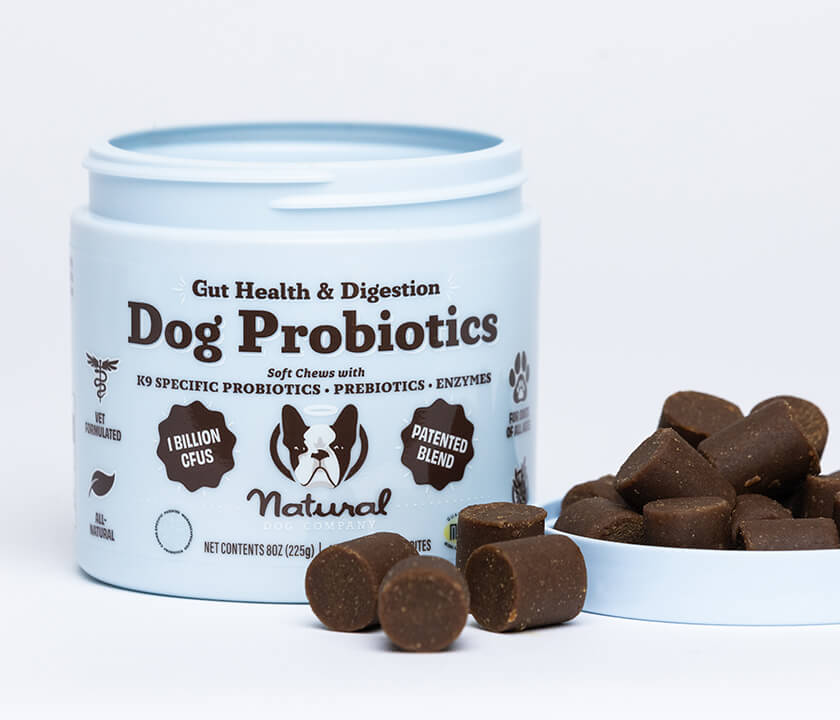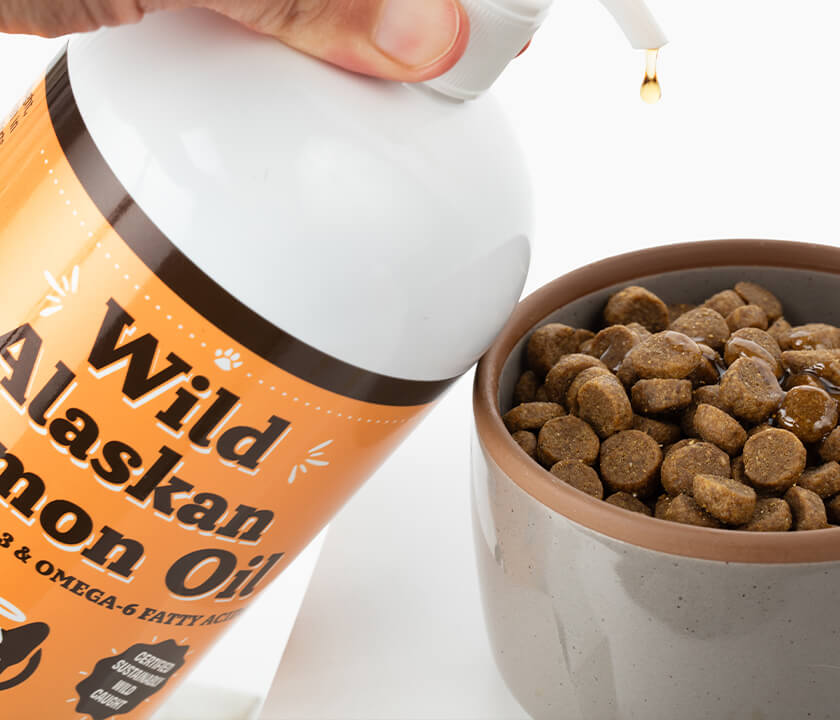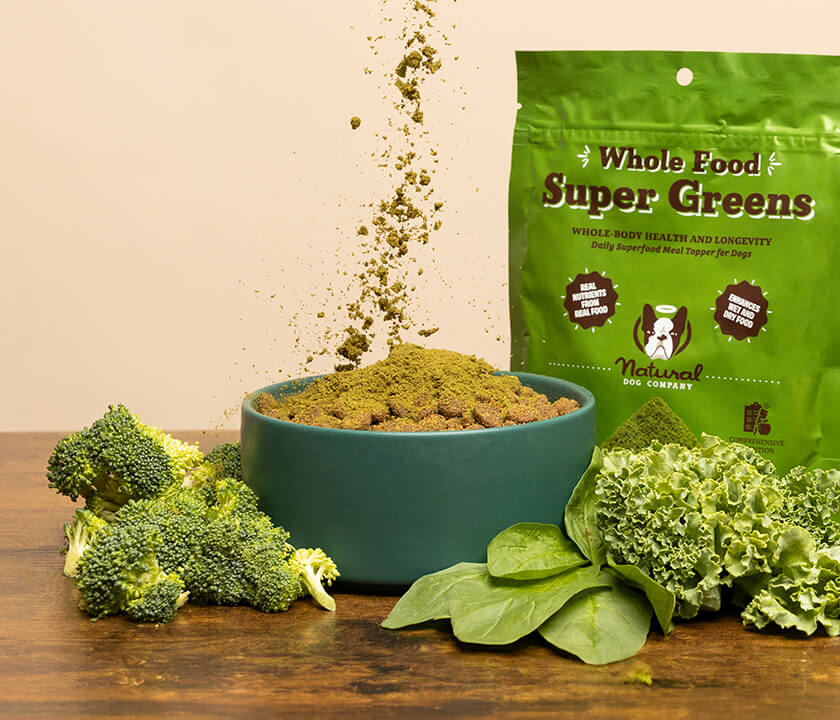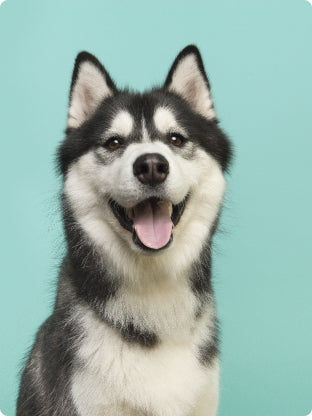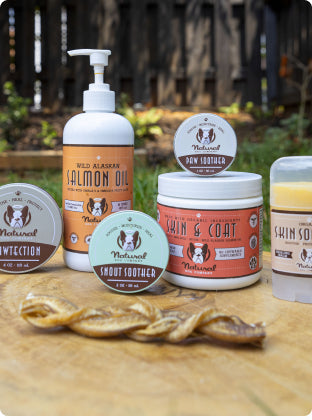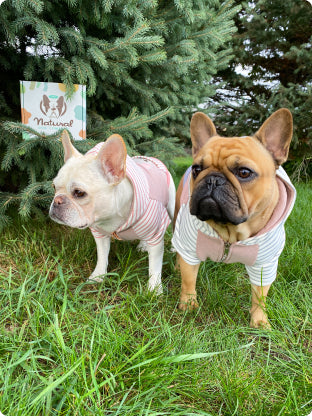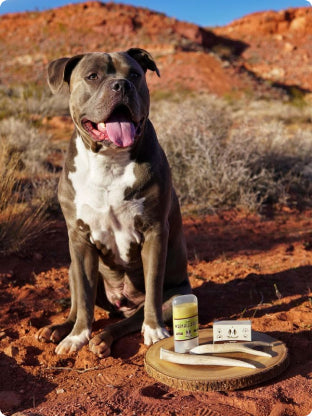Although picking up your dog’s poop is one of the less fun parts of dog ownership, it’s an opportunity to be attuned to your dog’s health. Your dog’s poop tells you a lot about how healthy they are and how their diet is affecting them. It can even help prevent future health issues.
Next time you’re taking a stroll with your pooch and it’s time to pick up that poo, take a closer look to know how your dog is feeling. Making this a regular habit will keep your four-legged best friend around for years to come.
 What Does Normal Poop Look Like?
What Does Normal Poop Look Like?
Every dog is unique. Though healthy poop may look slightly different from dog to dog, it’s important to know what looks normal for your dog. Evaluate the poop’s color, consistency, odor, volume, and coating to know what’s happening inside your dog.
Normal dog poop is chocolate brown and looks like well-formed little logs. There shouldn’t be anything sticking out of the poop.
How to Tell if There’s a Problem
Color variations can indicate underlying health issues. If your dog’s poop looks like one of the colors listed below, it’s time to scoop a poop sample and talk to your vet.
White, chalky stool
White, chalky stool can be a sign of obstipation, constipation that means dogs can’t poop without outside intervention. This can lead to vomiting and loss of appetite.
White or tan specks
White or tan specks are a sign of parasitic infestation, as the spots may be roundworms or tapeworms.
Black & tarry, green, yellow, or red stool
These colors indicate bleeding and point to problems in the intestines or anal cavities. Your dog could be suffering from injury or disease.
- Black can be a sign of bleeding in the small intestine. It can also be a sign of a serious disease like cancer.
- Red in the stool is blood. This bleeding could originate in the stomach or anal glands, especially if your dog has been dealing with diarrhea.
- Yellow can indicate problems with the liver, pancreas or gallbladder.
- Green is often a sign that your dog is eating grass. Since some dogs eat grass to soothe an upset stomach, this can be a cause for concern.
Soft, loose stool
Soft, loose stool may just be a result of a change in diet (including if you switched your dog to a new food). It can also mean that your dog is eating inappropriate items. In worse case situations, it can be an intestinal parasite.
Greasy, gray stool
If your dog’s poop has a greasy film on it or is greasy, there’s likely too much fat in their diet.
Watery diarrhea
Watery diarrhea can be a sign of stress or parasitic infection. It can lead to dehydration in puppies.
If a dog is going three to five times per day with a large volume each time, it may be injury or disease in the small intestine. If they’re doing more than five times per day with low volume, it’s a problem with the large intestine.
Soft stool with mucus
Mucus can mean your dog has parasites, especially if it also has worms or eggs in it. It can also be a case of parvovirus, which is a contagious virus of infected feces.
 What to do if Your Dog’s Poop Doesn’t Look Normal
What to do if Your Dog’s Poop Doesn’t Look Normal
If your dog’s poop doesn’t look normal, it’s time to gather stool samples and go to the vet.
You should talk to your vet if your dog eats their own poop, has frequent accidents in the house, or has gone more than 24 hours without pooping.
It’s also a good idea to watch for other physical symptoms like vomiting, dehydration, lethargy, or fever.
Tips for Dealing with Diarrhea
There are a few home remedies that may be able to give your dog some relief from a bout with diarrhea.
If your dog is an adult and healthy, first withhold food for 12 hours. Don’t withhold water. Though diarrhea tends to end fast, dogs can easily become dehydrated. Puppies, senior dogs, and small dogs are at risk of dehydration due to one bout of diarrhea.
After 12 hours, provide lean food like plain pumpkin, sweet potato or ground turkey. Feed your dog two or three small meals per day until diarrhea is gone, which should happen in three days. Slippery elm bark is another all-natural treatment that’s super easy to mix with your dog’s medications, food, or water.
We also recommend using a pet probiotic, which contains nutrients that boost good bacteria in the gut. Probiotics help maintain food digestion and boost the immune system.
Since diarrhea can be caused by stress, acclimated your best friend through any social or life changes. If you know a stressful situation is coming, it may help to give your dog probiotics beforehand.
If your dog’s diarrhea hasn’t stopped after three days, it’s time to see a vet. Your vet can prescribe dietary wet and dry food as well as medicine to get your dog’s digestive system back on track.
Advice for Collecting a Stool Sample
One of the best ways to protect your dog is to have their poop tested by a vet once or twice a year. Follow this advice for a quick, no-mess way to pick up and transport poop.
Collect a fresh sample within 24 hours of your vet appointment. A fresh sample will provide more accurate results during testing. Dog poop that has been on the ground is often contaminated by environmental elements like litter and insects. It’s best to collect a sample immediately.
While you can store a stool sample in the fridge, don’t place it in the freezer or in the sun.
You should be able to pick up a fecal container from your vet. If not, use film or pill bottles or plastic containers. Poop bags also work well, as do plastic bags (make sure to double bag to prevent leaks). Make sure to label whatever container you use with  your name and your pet’s name.
your name and your pet’s name.
No need to pick up a whole pile of poop — a sample about the size of your finger should work (though you should check with your vet). Pick it up with a plastic, disposable utensil to reduce mess.
Keep your pooch & their poo healthy!
By following these easy routines you can keep track of your canine companion’s digestive health! With a well-rounded diet, daily exercise and lots of love, you can set your pup up for (poop) success!
